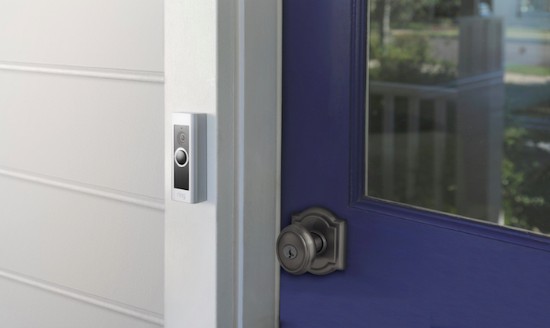Several years ago, I believed that the high cost of smart home gear combined with a lack of clear use cases meant that insurance firms would end up paying for many of the connected devices designed for homeowners. I theorized that insurers would pay to install certain devices, such as those designed to detect leaks, and offer discounts or premium reductions on others, such as connected smoke detectors.
I was too early in my thinking. While leak prevention, home security, and simply knowing whether or not a smoke detector has a working battery can all influence insurance claims, insurers need a lot more data before they start opening their wallets. Namely, they need actuarial data that proves how much these devices might reduce claims.

Moreover, it’s not enough to ship a connected device to a policyholder; insurance firms need to know that it’s turned on, connected, and sending the data to the right person. Startups such as Notion are helping with the issue of gathering enough data, and a partnership between Yonomi and LexisNexis aims to address the issue of verification.
Yonomi makes both a cloud platform for connected devices as well as software that lets users create automation among the connected devices they use. It has teamed up with LexisNexis Risk Solutions to build a smartphone app that policyholders can download from their insurer. The app will use the phone in combination with sensors to discover devices in the home and share data from those devices with the insurer. The insurer will then be able to use that data to track how those devices affect claims.
LexisNexis sells data and risk analysis to insurers, and according to Dan Davis, the company’s director of IoT and emerging markets, most of its insurance customers are currently trying to understand the impact connected devices will have on their business. “We’re moving from having a snapshot in time to an ongoing assessment of what’s happening in a home,” he says.
With that could come new business models, such as providing warranties associated with preventing a flood or fire damage. Having devices that can predict potential problems before they cause damage or result in theft means that insurance companies could stop problems before they lead to claims. He also suggests that devices might help insurers understand occupancy in the home and how that relates back to claims. In general, having people present in the home reduces the number of claims and/or their amount because there’s someone who notices the, say, overflowing toilet right away, and not after eight hours when they come home from work.
But both of those scenarios are still a long way off.
According to Davis, most of the insurance market is focused on understanding the role connected devices can play in reducing claims. However, right now, insurers are using the data from connected devices in their R&D groups, not in their day-to-day operations. The deal with Yonomi ensures insurance companies that have already started offering discounts to policyholders buying connected devices get data on how those devices are being used.
“What we get is a real-time validation of those devices,” says Davis. Insurers will know if a device is online if it is being used, and can then use that information to create models around how those devices can reduce claims.
That means insurance firms will also get insights into the popularity of certain devices. Consumers may be eager to buy leak detection sensors but be lukewarm about connected smoke detection devices, for example. But if smoke detectors are more important to reducing claims, insurers might use the data to justify an incentive program designed to get consumers to adopt those devices.
Davis says the industry is still in the research phase, with most companies testing pilots and conducting R&D. He estimates some 15% of insurance companies haven’t yet done anything around the connected home, and suggests that those that haven’t need to at least try. The end goal, which no firm has yet reached, is to use streaming data from the home to make real-time policy decisions, much like the auto industry does today with pay-per-mile insurance.
Related
"smart" - Google News
November 10, 2020 at 09:09PM
https://ift.tt/32yND5g
The smart home will change insurance, but it will take time - Stacey on IoT
"smart" - Google News
https://ift.tt/2P2kUhG
https://ift.tt/3febf3M
Bagikan Berita Ini















0 Response to "The smart home will change insurance, but it will take time - Stacey on IoT"
Post a Comment